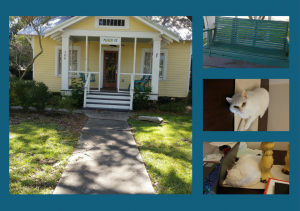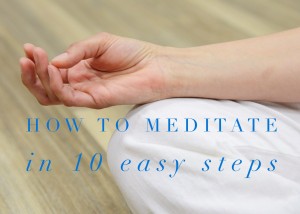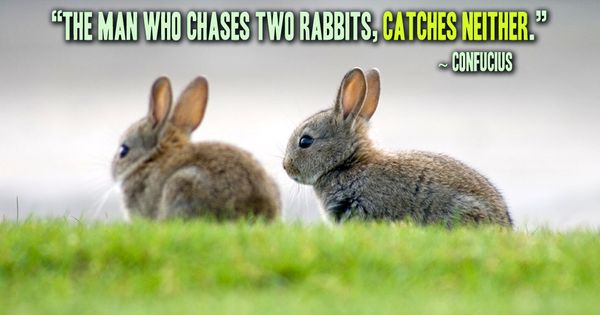 Are you enjoying the summer yet? My garden plants are finally growing and there is always something new to see. I have a vision. Don’t you think it’s good to have a vision of what you want to do in your life and work?
Are you enjoying the summer yet? My garden plants are finally growing and there is always something new to see. I have a vision. Don’t you think it’s good to have a vision of what you want to do in your life and work?
Sometimes my vision of helping people seems huge and overwhelming. How many clients can I see? How many students can I teach? However, that same vision can be inspiring and restorative. When someone meets his/her goal, like when someone takes a step out into a new career, it’s all worth it.
Here are 4 things I’ve learned about living your vision.
1. Let it live. Don’t hold on so tightly to a certain way it has to happen or look. Stop saying: “One day” or “When things are right, etc.” and start saying “today”. Please look at the short video below featuring Wayne Dyer to see why this is so.
2. Break your vision down like a recipe. What are all the parts of your vision? Some items are like a pinch of salt and others are 4 cups of peeled potatoes. It is more manageable this way.
3. Get your calendar out and pencil in a baby step every day. Always make rest a baby step because good ideas come when you are walking or resting or in the shower. Remember to write them down!
4. Let the vision of your life align with your other visions / goals. Design your life to have what you want in it. Do you want to live closer to family? In a different house? Do you want more freedom, adventure, travel, quiet retreat time, or time to write?
Perhaps your vision has changed from the one you had years ago. Feel what is true for you.
When you take a step, spirit will match it.

Listen to what Wayne Dyer had to say about this in his video HERE. (This video is presented by Hay House 2017.)
If you need help with healing something or finding balance in your life, get information or schedule your own Discovery Session with me HERE.

 People across the US beware! This jury scam almost got me! Thanks goodness the clerk at my local CVS knew about it.
People across the US beware! This jury scam almost got me! Thanks goodness the clerk at my local CVS knew about it.





